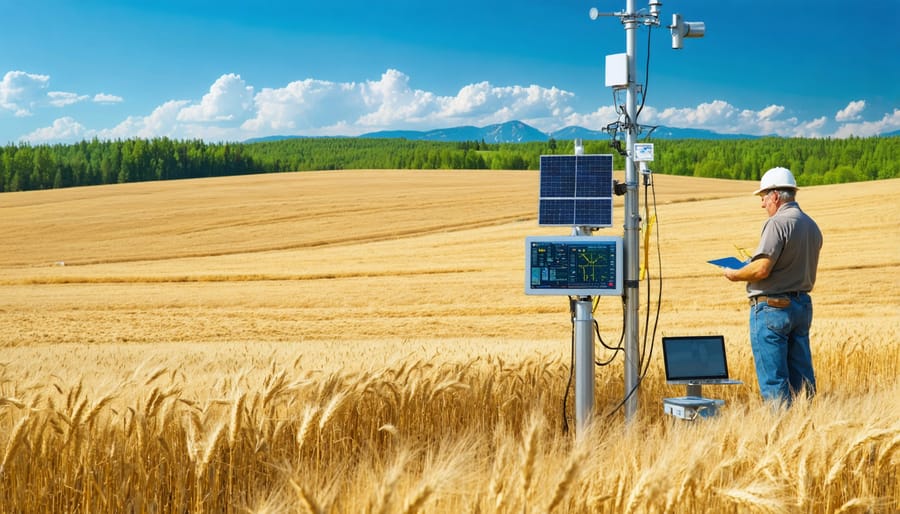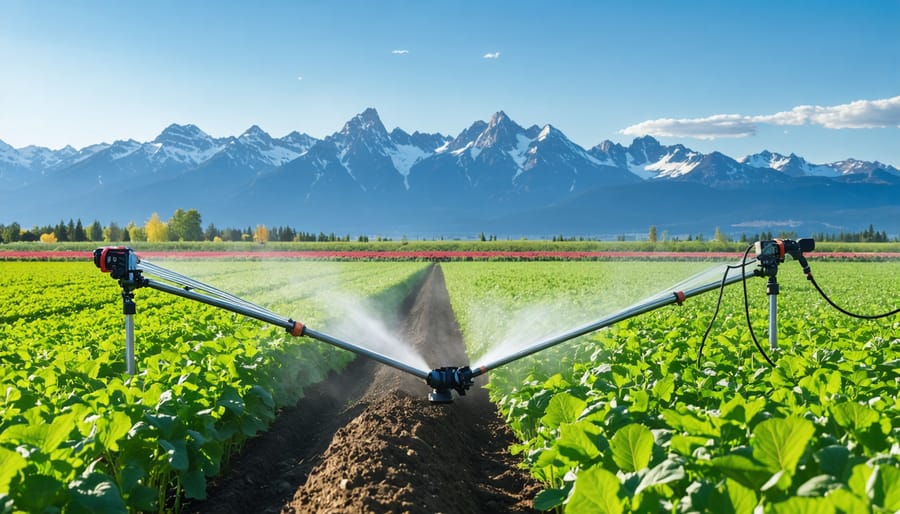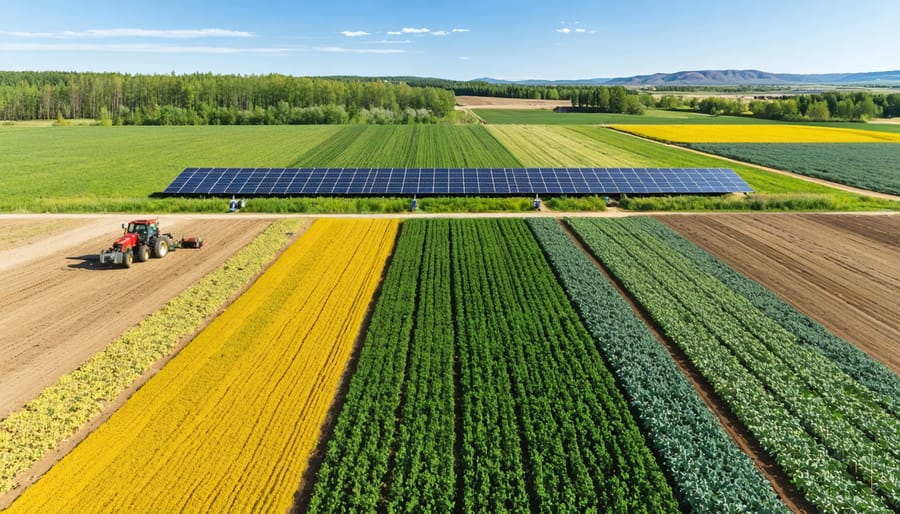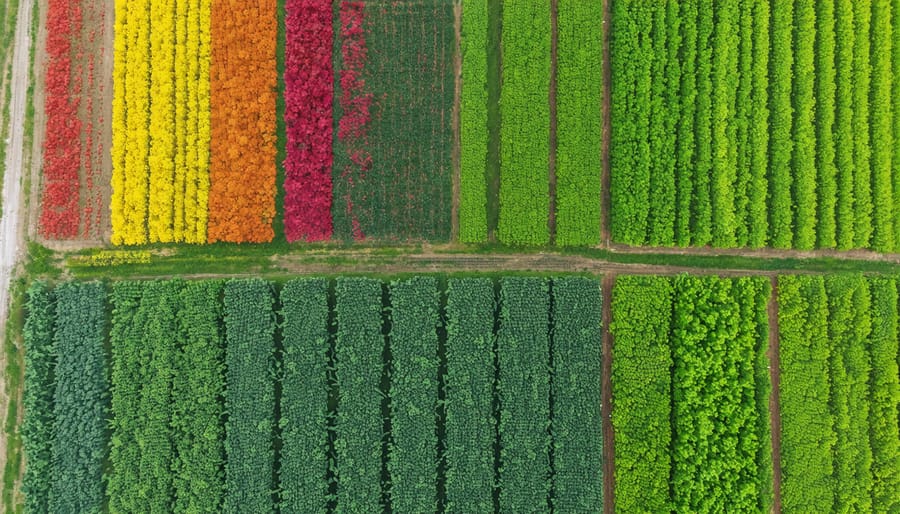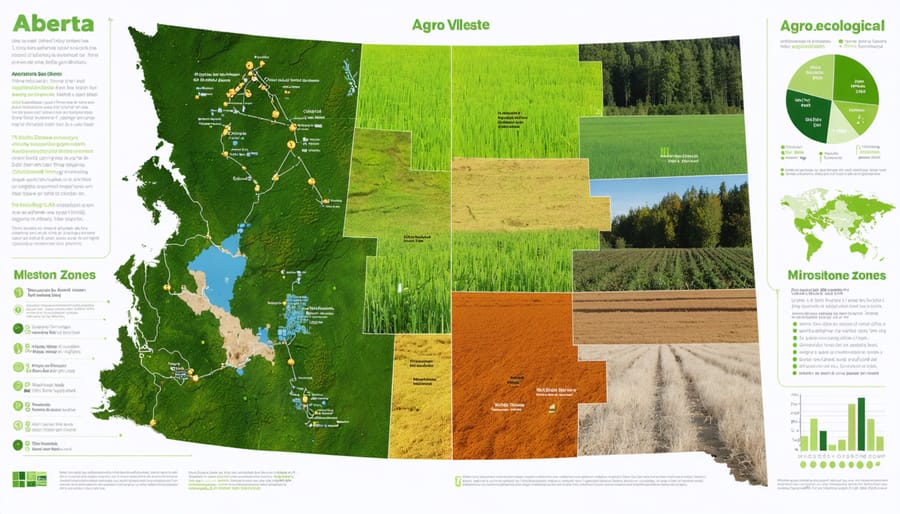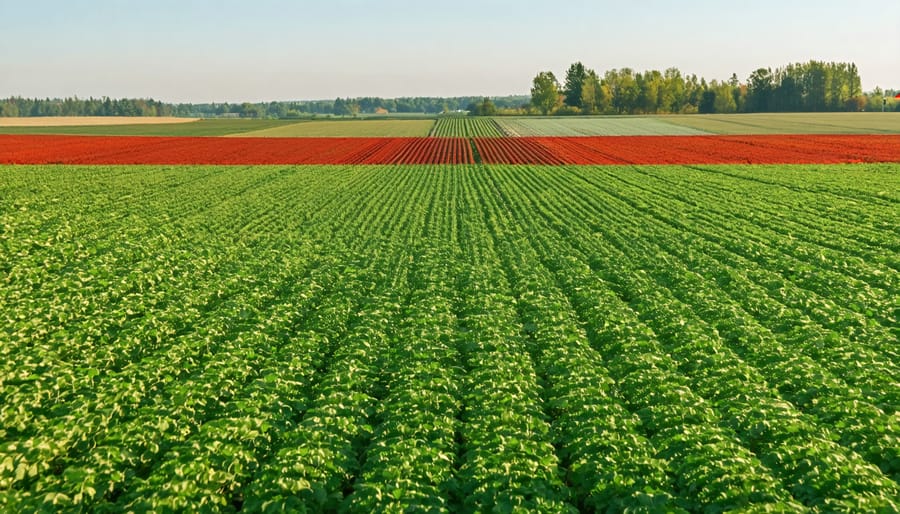Alberta’s 2023 crop report paints a vivid picture of resilience and potential amidst a changing agricultural landscape. Despite facing drought conditions in some regions, Alberta farmers have harnessed cutting-edge technology and sustainable practices to ensure a bountiful harvest. From the lush fields of the Peace Region to the sun-drenched plains of Southern Alberta, this comprehensive overview delves into the current state of crops, seeding progress, and projected yields across the province. Join us as we explore the triumphs and challenges of Alberta’s agricultural community, and discover how their unwavering dedication is shaping the future of sustainable food production in Canada.
Current Growing Conditions
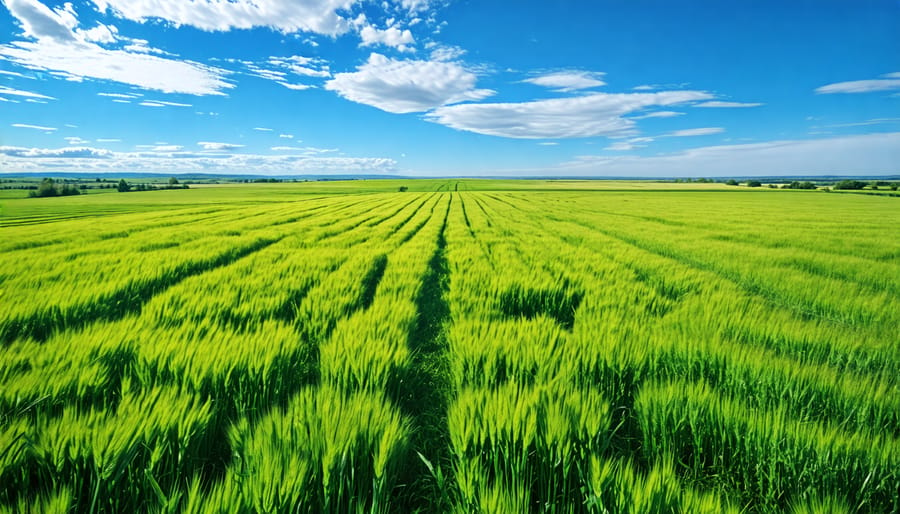
Regional Variances
Alberta’s diverse agricultural landscape exhibits regional variances in crop conditions. In the southern region, favorable weather has led to strong seeding progress and healthy crop development. The irrigated areas are thriving, with high yield potentials for crops like canola, wheat, and pulses. Central Alberta has experienced mixed conditions, with some areas benefiting from timely rainfall while others face moisture deficits. Despite challenges, farmers remain optimistic and are implementing adaptive management strategies. The northern region has seen a slower start due to cooler temperatures and localized flooding, but recent warm weather has accelerated growth. Pasture and hay conditions are generally good across the province, supporting the livestock sector. While each region faces unique successes and challenges, Alberta’s farming community remains resilient and dedicated to producing high-quality crops sustainably. Collaboration, knowledge sharing, and innovation continue to drive the sector forward, ensuring a strong agricultural future for the province.
Emerging Threats
While Alberta’s agricultural sector remains resilient, emerging threats such as pests, diseases, and extreme weather events pose significant risks to crop yields. Farmers must stay vigilant and proactive in monitoring for early signs of infestations or infections, particularly from invasive species like grasshoppers or clubroot disease. Unpredictable weather patterns, including drought, excessive moisture, or sudden temperature fluctuations, can also hinder crop development and quality. To mitigate these risks, producers should consider implementing integrated pest management strategies, diversifying their crop rotations, and investing in advanced irrigation and drainage systems. Collaboration with local agricultural organizations and experts can provide valuable insights and support in navigating these challenges while preserving the long-term sustainability of Alberta’s farming communities.
Seeding Progress and Projections
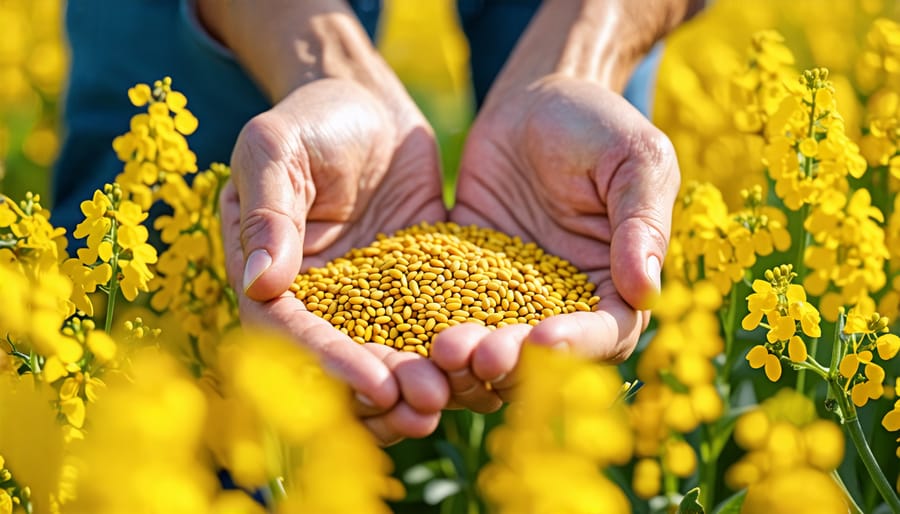
Crop-Specific Insights
The Alberta crop report provides a detailed analysis of seeding progress and projected outcomes for key crops. Wheat, a staple in the province, is showing strong early growth, with farmers optimistic about yields. Canola, another significant crop, has seen steady seeding progress, although some areas are experiencing minor delays due to weather conditions. Pulse crops, such as lentils and peas, are also off to a promising start, with seeding nearing completion in most regions.
Despite some localized challenges, the overall outlook for these major crops remains positive. Farmers are employing sustainable practices, such as crop rotation and precision agriculture, to optimize resources and maintain soil health. Industry experts predict that, barring any significant weather events, Alberta’s wheat, canola, and pulse production will meet or exceed expectations this season, contributing to the province’s robust agricultural economy and global food supply.
Sustainable Practices and Innovations
Alberta farmers are leading the charge in adopting sustainable practices and innovations that not only improve crop yields but also contribute to a healthier environment. From precision agriculture technologies that optimize water and nutrient usage to regenerative farming methods that enhance soil health, these forward-thinking farmers are setting a new standard for the industry.
One notable example is the increasing adoption of conservation tillage and cover cropping, which help to reduce soil erosion, improve water retention, and promote biodiversity. Additionally, many farmers are turning to integrated pest management strategies that minimize the use of chemical pesticides in favor of more natural, eco-friendly alternatives.
As climate change presents new challenges, Alberta farmers are also proactively seeking ways to mitigate climate risks. This includes investing in drought-resistant crop varieties, implementing efficient irrigation systems, and exploring agroforestry practices that can help to sequester carbon and provide a buffer against extreme weather events.
By embracing these sustainable practices and innovations, Alberta farmers are not only ensuring the long-term viability of their own operations but also contributing to a more resilient and environmentally responsible agricultural sector for generations to come.
Conclusion
Alberta’s crop report showcases the resilience and adaptability of our agricultural community in the face of ongoing challenges. Despite variable weather conditions and other obstacles, farmers have demonstrated their commitment to sustainable practices and innovation. As we look ahead, it is crucial that we continue to support our agricultural sector through research, technology, and community-driven initiatives. By working together and leveraging our collective strengths, we can ensure a thriving and prosperous future for Alberta’s farmers and the broader agricultural landscape. This report serves as a testament to the hard work and dedication of our farmers, and a reminder of the vital role they play in our province’s economy and way of life. As we navigate the challenges and opportunities ahead, let us remain focused on our shared goals of sustainability, resilience, and growth, and continue to celebrate the remarkable achievements of Alberta’s agricultural community.


